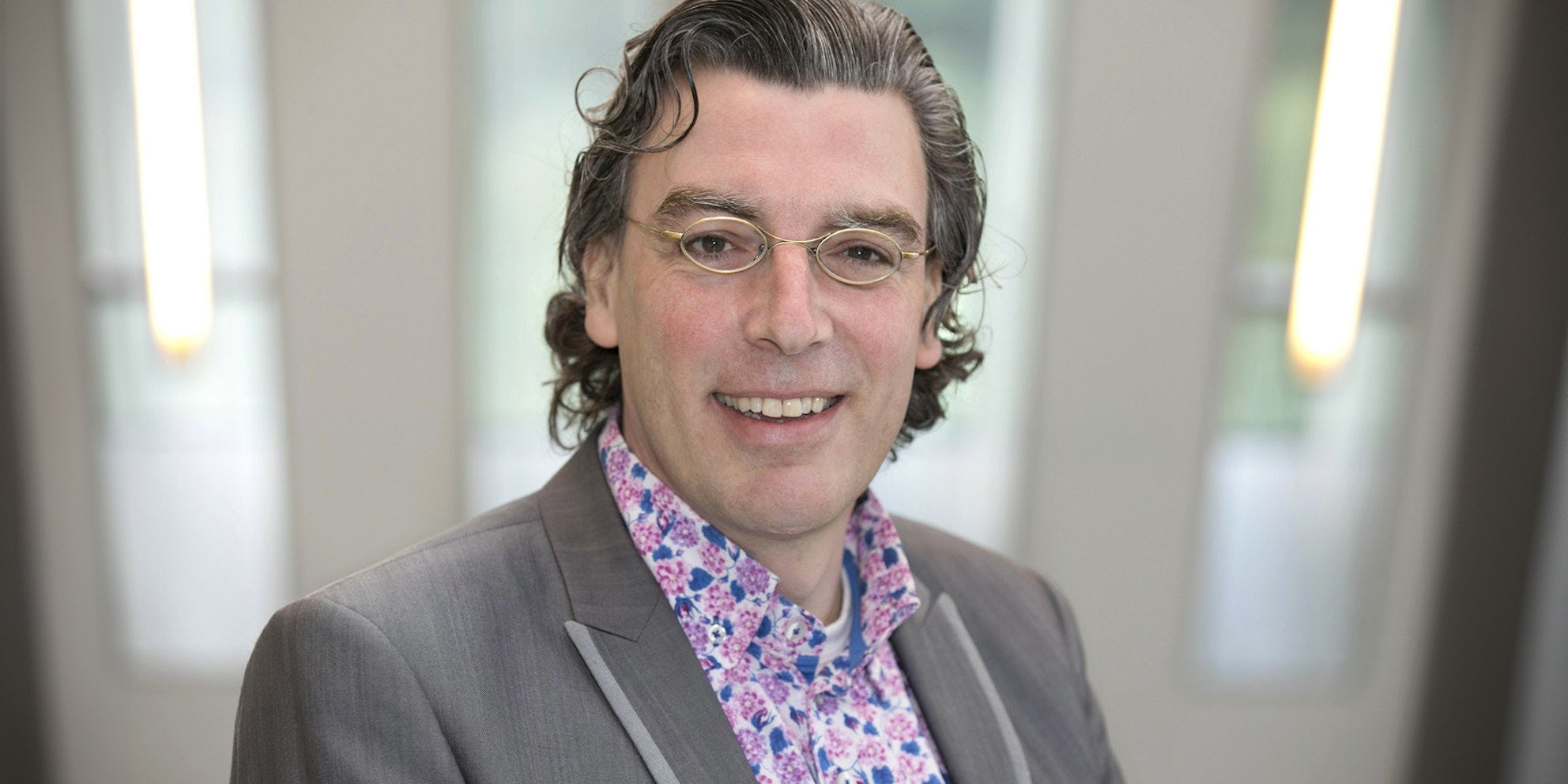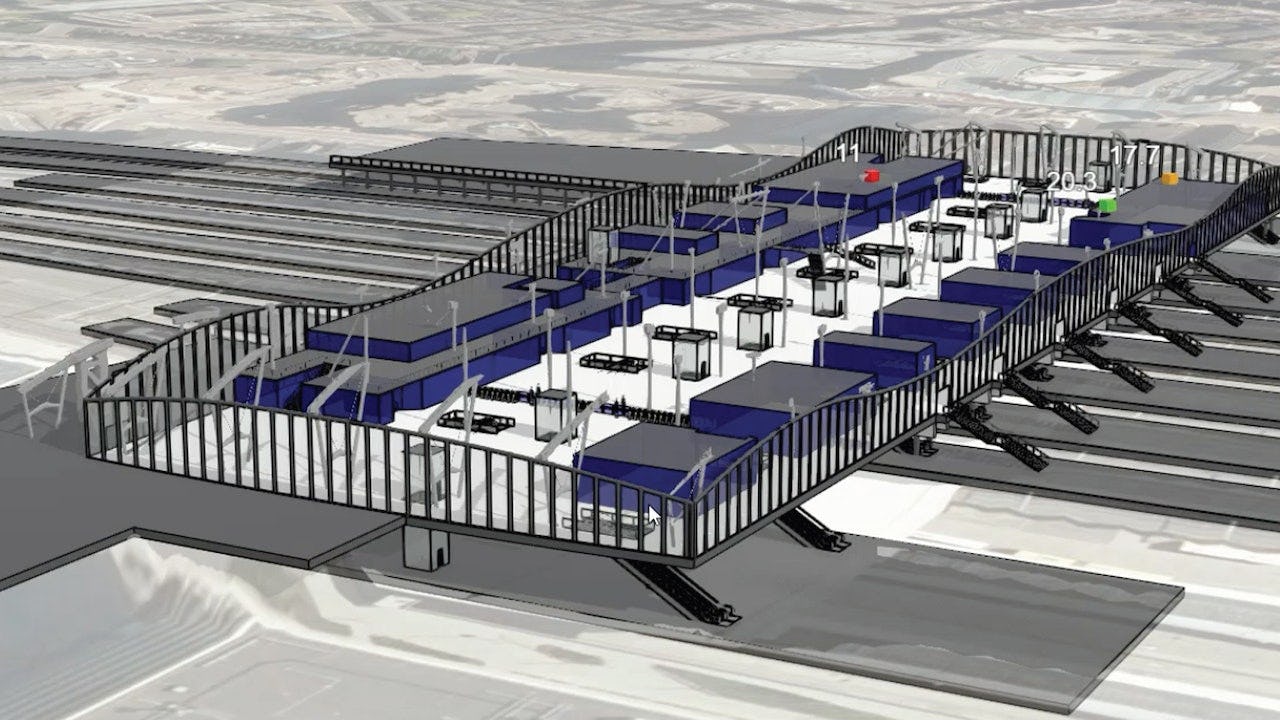Why is building a digital twin so complex?
When building a digital twin, you ideally want to use data sets that are as complete as possible. This means that data can come from hundreds of different sources, often reporting a status every few seconds. This can quickly add up to millions of messages per day. On top of that, you are also using historical data, which can sometimes amount to billions of data points to be analysed.
The data you use all have a different structure, which means they first have to be translated into a standard. Then you have to check the quality of the data, which is not always up to scratch. You also often have to interpret all this data in order to understand the context in which they were collected and whether or not they should be included in your model.
To keep things manageable, it is often easier to work with multiple models side by side. Instead of a single digital twin of, say, a railway station, you might use a model for passenger flows, a model for the indoor climate, a model for energy consumption, and so on. Each model has its own purpose: to optimize comfort, safety, sustainability, profit, ans so on.
Case study: Digital twin of Utrecht Central Station
AMIS Conclusion contributed its expertise to an NS Stations project to develop a digital twin of Utrecht Central Station. The aim of this digital twin is to increase safety, prevent the breakdown of assets such as lifts and escalators, and improve passenger comfort.
To build the digital twin, AMIS Conclusion partnered with the NS Stations team to tap into IT data streams that provide real-time information on the status of a large number of objects at the stations. The status of lifts, escalators, passenger flows, and energy consumption are therefore all incorporated into this 3D model. In total, the model consists of up to 20 billion fine-scale LIDAR data points and 540 high-resolution drone images. This data, combined with real-time data, has been processed into multiple models that are used to display real-time station conditions and simulate scenarios. This helps station managers to schedule lift and escalator maintenance in a way that minimizes disruption to passenger flows, or to more quickly detect undesirable passenger behaviour and intervene in panic situations. The aim is also to gain a better understanding of energy consumption, waste, and peak loads in order to reduce CO2 emissions.


